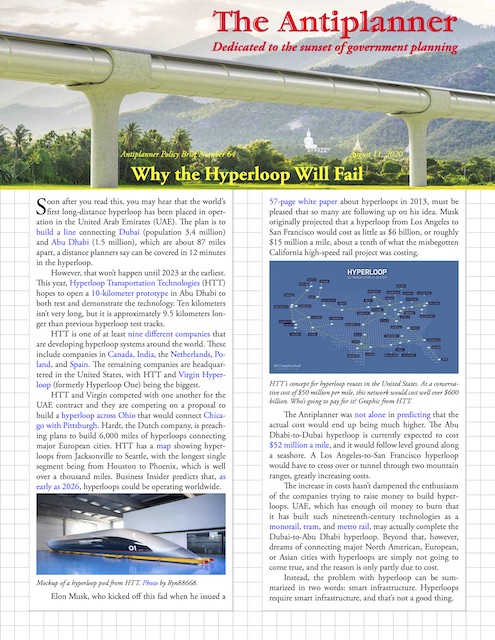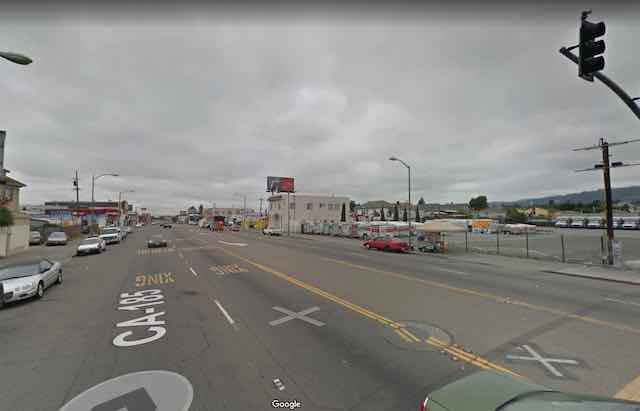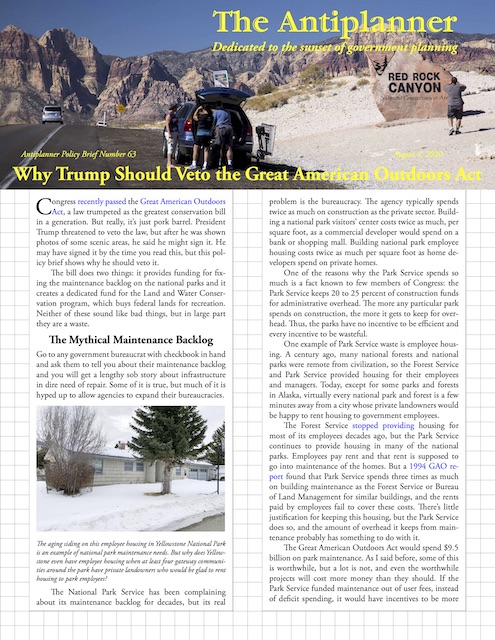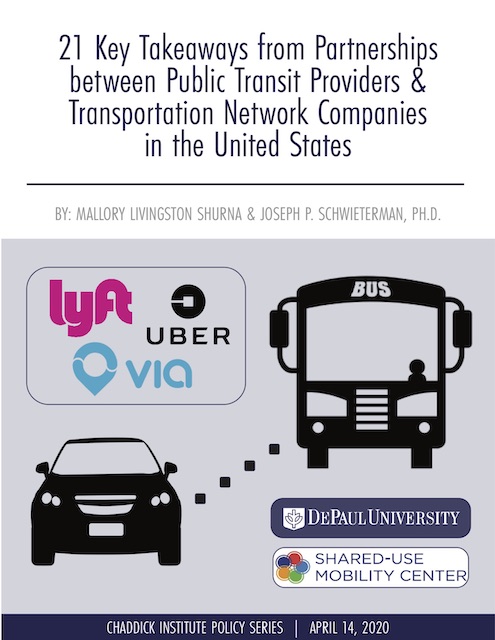As decribed in the lates Trains magazine (not available on line), Brightline is currently building tracks so that it can privately operate high-speed trains from Miami to Orlando. A few weeks ago, the company’s effective parent, Fortress Investment Group, was headlined in Forbes for “betting $9 billion that America’s transportation future is passenger rail.”
But things aren’t looking too bright for Brightline since then. For one thing, it has completely shut down its existing passenger train operations due to the pandemic, and doesn’t know when it will be able to revive them. (That may be just as well, as it was losing money on those trains anyway.)
More recently, plans to rebrand the operation “Virgin,” presumably with a significant investment by Richard Branson’s Virgin group, have fallen through. Branson told reporters that he had not actually invested any money into Brightline and that the plan to rename Brightline after Virgin was just a “marketing agreement.” Continue reading











